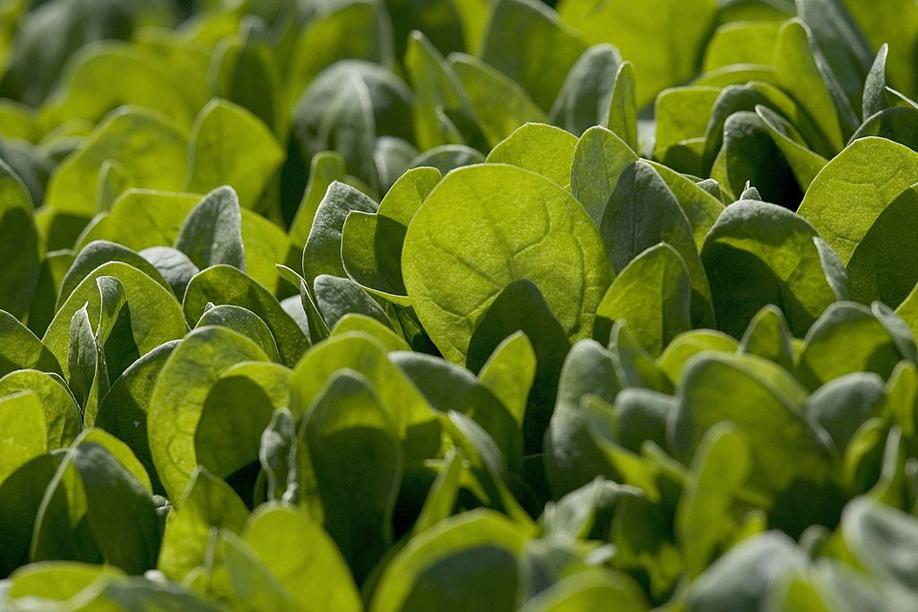Beating Heart Cells On Top Of A Spinach Leaf Just Happened
A major score for the medical community in breakthroughs just occurred. A group of scientists have achieved the growing of beating human heart cells on a spinach leaf. Yes, a spinach leaf.
Many may not know that plans have systems that deliver nutrients similar to how vascular systems do it in human bodies.
“Plants and animals exploit fundamentally different approaches to transporting fluids, chemicals, and macromolecules, yet there are surprising similarities in their vascular network structures,” wrote the authors in a study published in the journal Biomaterials.
In the study, the team first used detergents to flush the plant cell material out of a spinach leaf, leaving only a clear scaffold made up of cellulose. Cellulose is already used in some tissue engineering methods, the study noted.
According to study co-author Joshua Gershlak, the cellulose was then seeded with human tissue and blood cells, producing a lab-grown specimen that looks and functions like normal human heart tissue.
The success of human heart cells beating on a spinach leaf gives hope in being able to make functioning blood vessels inside laboratories.
Researcher Glenn Gaudette has noted however that any human treatments based on the experiments are likely several years away.
The team was made up of researchers from Worcester Polytechnic Institute, the University of Wisconsin, Arkansas State University, and the University of Nova Gorica in Slovenia.
Watch the video below to find out more about the experiment:
In the video, the study reveals the frightening fact that, “100,000 patients can be found on the donor waiting list at any given time and an average of 22 people die each day while waiting for a donor organ or tissue to become available.”


